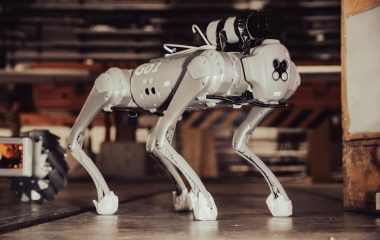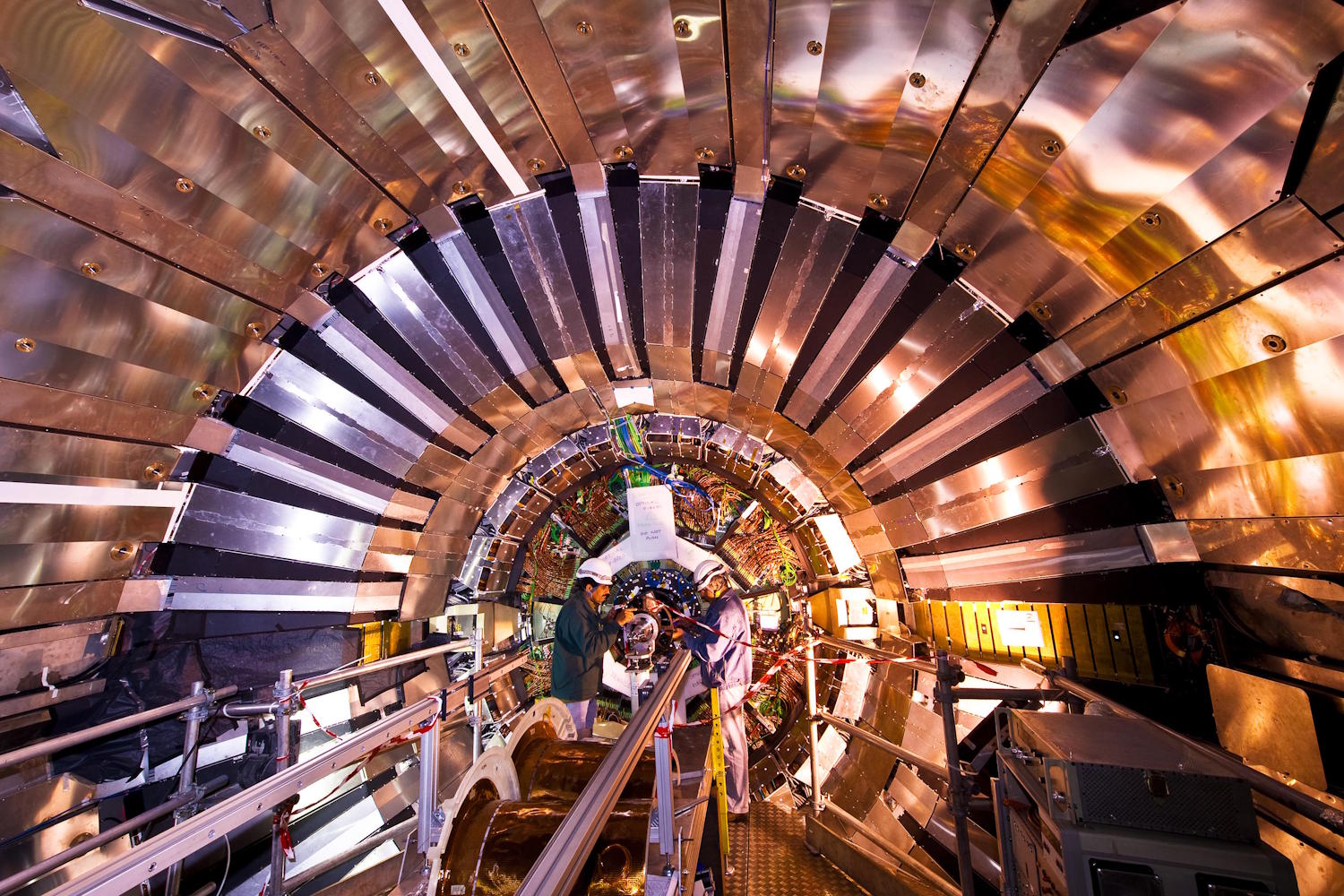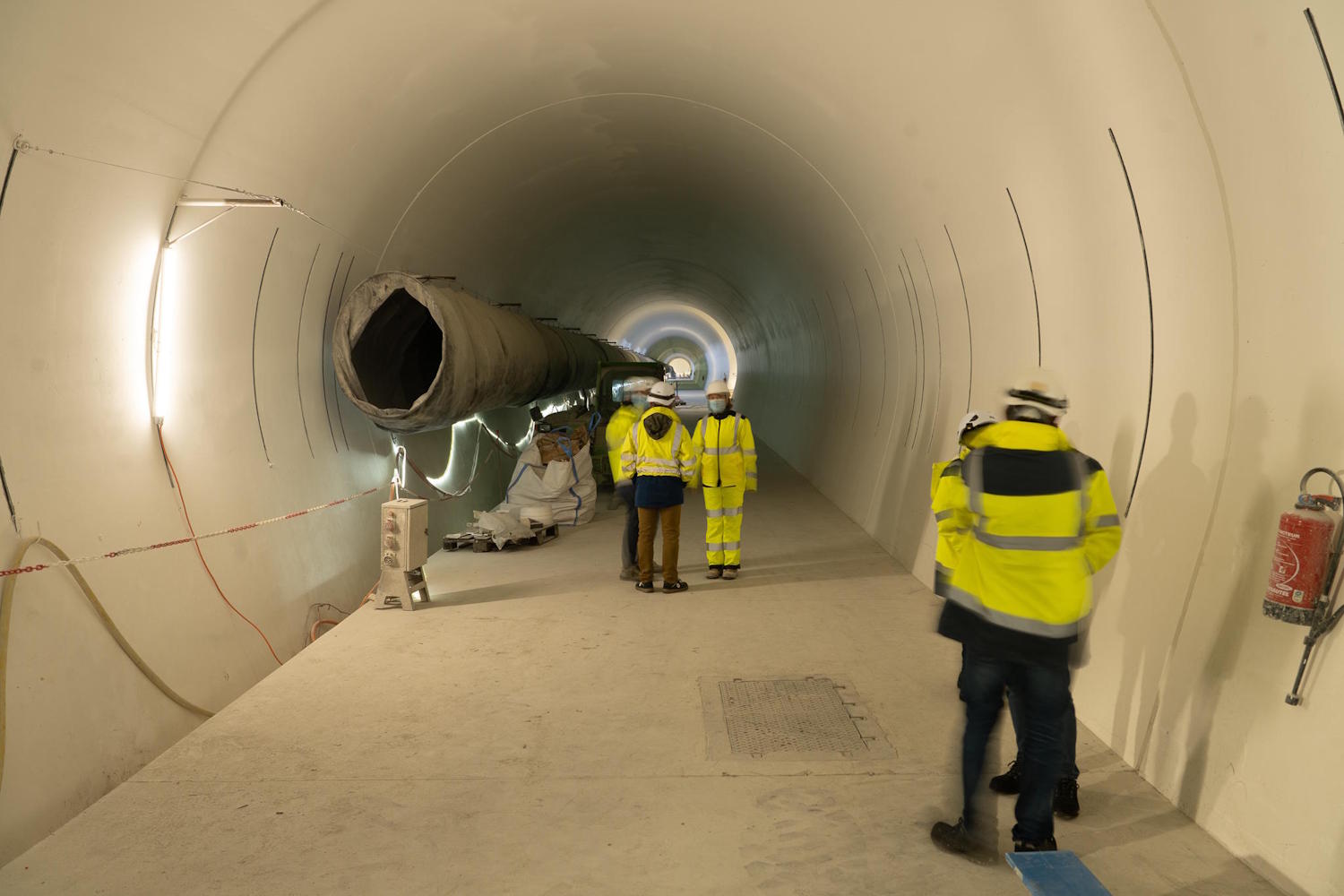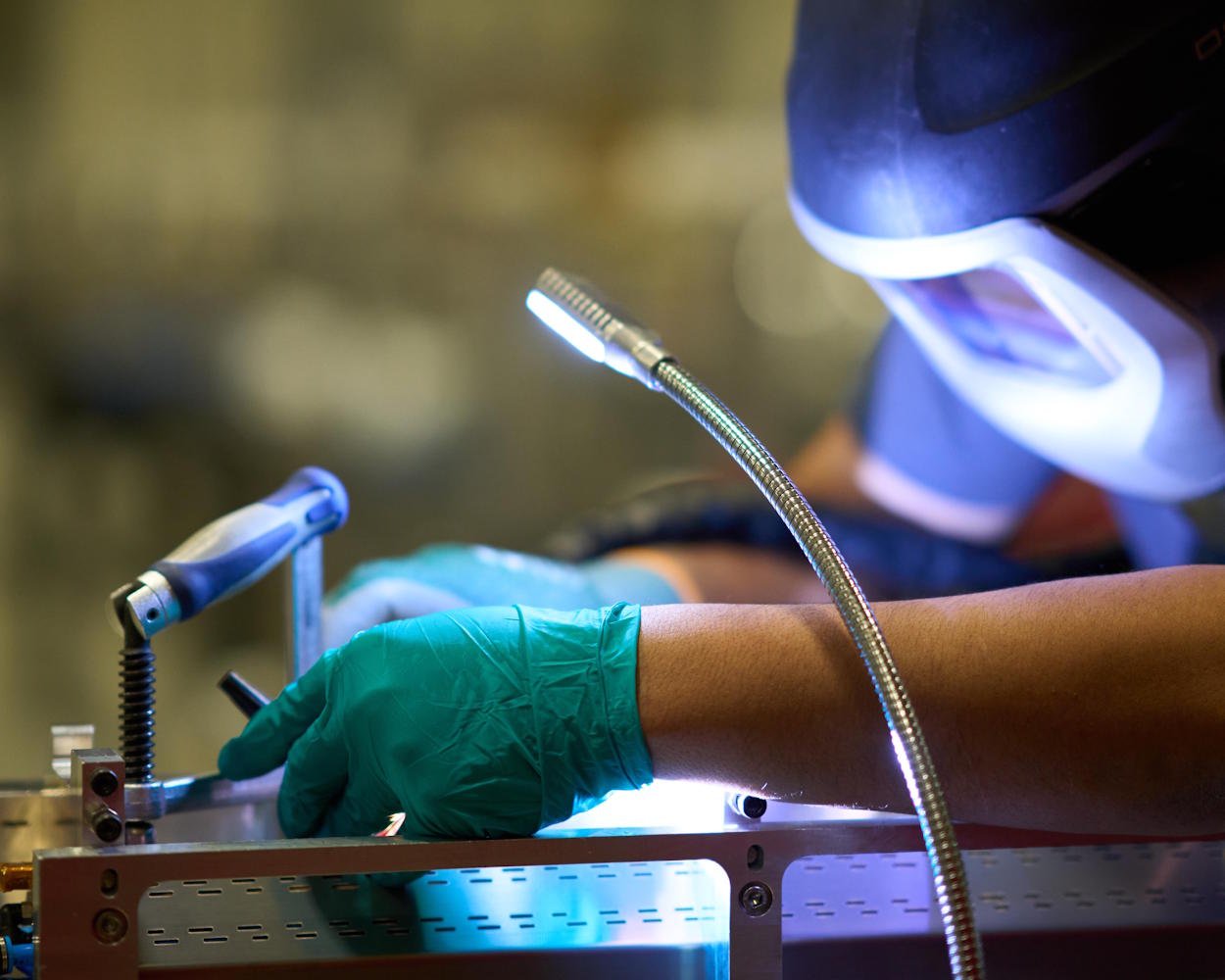Powering Innovation: The Pulse of CERN’s Discoveries
Electrical and Electronics Engineering is crucial in maintaining and advancing the systems that power our scientific instruments. We ensure reliability and precision of our electrical infrastructure and electronic systems, whether it’s designing power systems for particle accelerators, developing control systems for detectors, or ensuring the reliability of massive data acquisition networks.
Electrical and Electronics Engineering at CERN is vital for operating particle accelerators like the Large Hadron Collider (LHC), designing high-precision detectors, and maintaining robust control systems. Our teams handle real-time data acquisition and power distribution, ensuring stable operations and accurate data collection. Our responsibilities and contributions are varied, such as design, implementation, testing, and maintenance of systems across diverse areas such as microelectronics, hardware, firmware, software, optoelectronic and photonic components, systems, low-voltage power and high-power electrical systems, cutting-edge superconducting magnet design, and the implementation of radiofrequency cavities. This work ensures that every component, from the smallest microchip to the largest superconducting magnet, operates seamlessly together, allowing us to push the boundaries of our understanding of the universe.
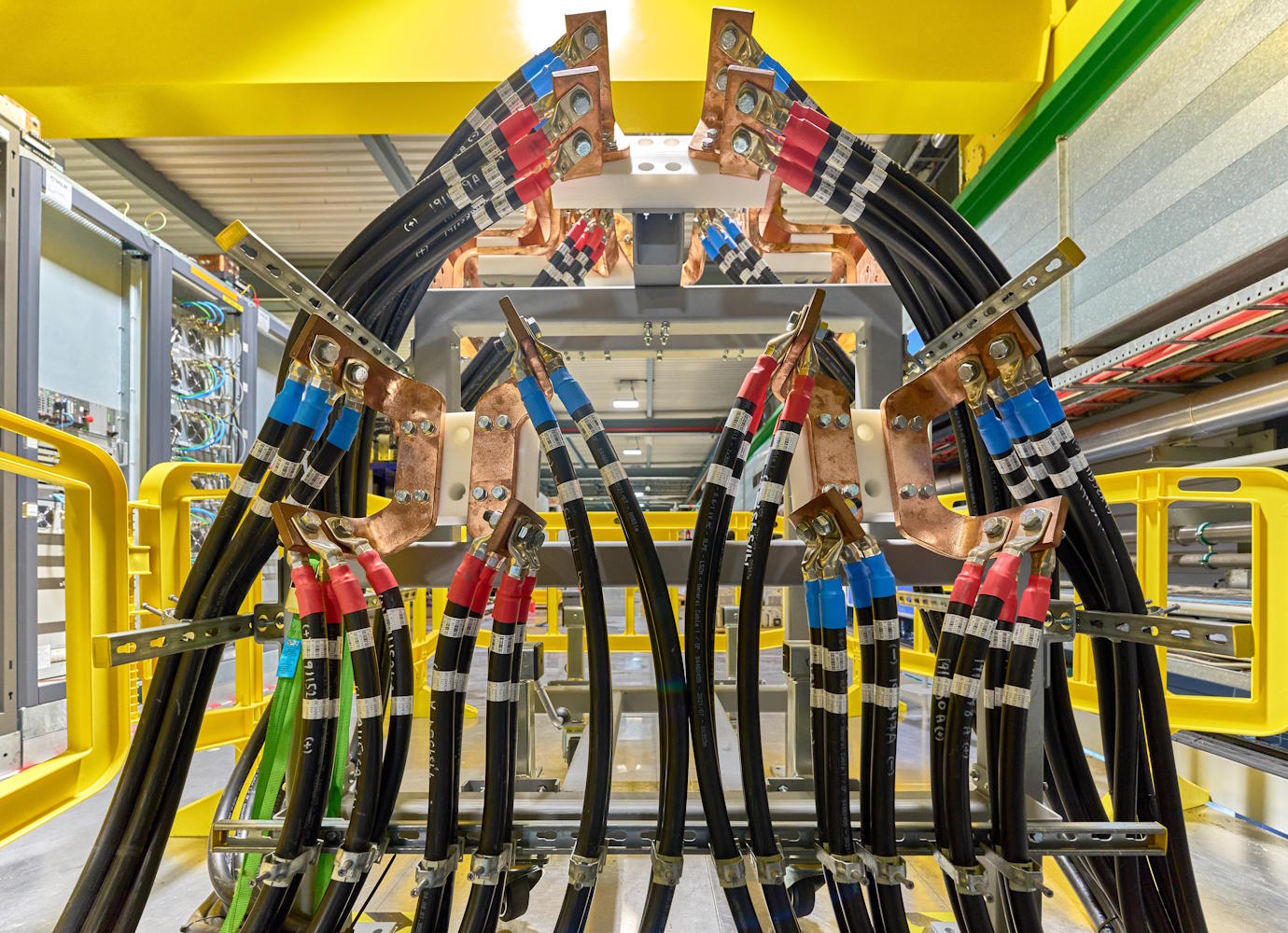


Revolutionizing Safety: CERN's Integration of Advanced Personnel Safety Systems
- Enhancing Safety Measures: Implement advanced safety protocols to protect personnel across all CERN facilities.
- Improving System Reliability: Upgrade existing safety systems to minimize downtime and ensure continuous protection. Refurbish the Personnel Safety Systems of CERN accelerator facilities, reaching their end-of-life after 20 years of continuous operation.
- Facilitating Seamless Integration: Incorporate state-of-the-art technology to allow for easy integration with future upgrades and expansions.
- Increased Operational Efficiency: Reduced the risk of safety-related incidents, leading to smoother and more efficient operations.
- Greater Compliance: Ensured that all safety measures meet the latest international standards and regulations.
- Enhanced User Experience: Provided engineers and other personnel with more intuitive and responsive safety interfaces.
- Reduced Safety Incidents: Since the update, to maintain a reduced number of safety-related incidents, highlighting the effectiveness of the new systems.
- Future-Ready Infrastructure: The new systems are designed to be scalable, ensuring that CERN can easily adapt to future technological advancements.
- After 20 years, the Personal Safety Systems project will pave the way to ensuring safer conditions across all experiments.


